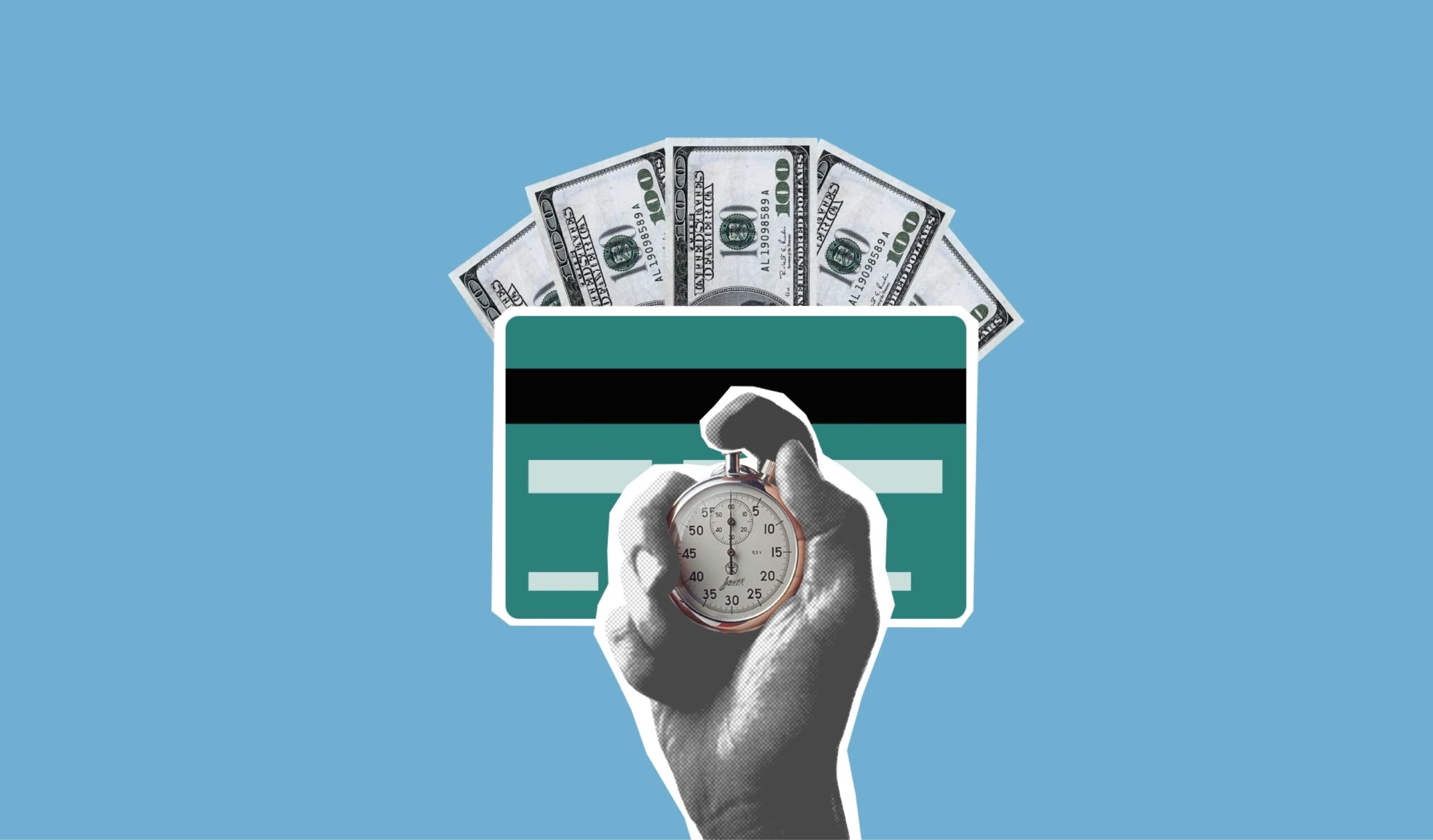Corporate cost-cutting has become a common strategy for businesses seeking to improve their bottom line. While most of the news surrounding cost-cutting has revolved around corporate layoffs throughout multiple sectors, it’s also starting to undercut consumer experiences. Let’s look at the ways consumers are impacted when corporations focus solely on increasing profits and stop finding a balance between cost-effectiveness and quality service.
Compromised product quality
One of the most significant consequences of corporate cost-cutting is the compromised quality of products and services. Companies may resort to using cheaper materials, inferior ingredients, or shortcuts in manufacturing processes to reduce expenses. As a result, consumers often receive products that fail to meet their expectations. Whether it’s a poorly constructed item, a less effective solution, or a product with reduced durability, compromised quality negatively impacts the consumer experience.
Such disappointments can lead to frustration, loss of trust, and, ultimately, customer dissatisfaction. This can be seen in how a majority of products sold in the US are now manufactured somewhere else. Down the line, this can also impact corporate sales, as customers become more willing to purchase goods from other countries since they don’t necessarily find higher-quality products at home.
The rise of fast-fashion is a clear example of this, with younger generations flocking to Chinese brands like Shein for their low cost, despite the equally low durability. Cost-cutting can also lead to an overall lack of quality in services and even deterioration of existing ones. A clear example is Amazon’s recent choice to offer a $10 credit to customers who choose to pick their orders up instead of having them delivered.
Stifling innovation and consumer experience
In the pursuit of cost reduction, companies often reduce investments in research, development, and innovation. This can lead to a lack of new and improved products or services in the market. When companies are focused solely on increasing profits instead of wowing consumers with innovative products, companies miss out on opportunities to enhance the consumer experience with groundbreaking features, superior performance, or added convenience.
Instead, consumers are left with stagnant offerings that fail to meet evolving needs and desires. Lack of innovation not only affects the overall consumer experience but also puts companies at a competitive disadvantage in a rapidly changing marketplace.
Cutting costs can also result in neglecting essential infrastructure, such as outdated technology systems, aging facilities, or inadequate logistics. These shortcomings lead to inefficiencies, delays, and service disruptions that directly impact the consumer experience. Outdated technology can hinder smooth transactions or create security concerns.
While it hasn’t been confirmed that this is due to cost-cutting measures, the recent issues with KIA cars’ growing infamy as easy-to-steal is one example of companies putting out products that don’t meet, or reduce, market quality standards.
Where does this road lead?
Paradoxically, corporate cost-cutting measures can also sometimes result in increased pricing for consumers. In an attempt to compensate for financial losses incurred by cost-cutting, companies may raise prices or introduce hidden fees. Consumers, who initially expected savings, may find themselves paying more for products or services.
This not only diminishes the perceived value but also creates a sense of unfair pricing practices. Affordability is a crucial aspect of the consumer experience, and when companies prioritize cost reduction at the expense of consumer wallets, it can lead to frustration and a loss of trust.
Time will tell how this current trend plays out. However, it’s clear that something needs to change if America’s “the customer is always right” mantra is going to survive. If corporations don’t find a balance between cost-cutting and quality in consumer experience, the American people’s faith in products and competitive markets might continue its downtrend.









































